Welcome at the Interface Culture program website.
Acting as creative artists and researchers, students learn how to advance the state of the art of current interface technologies and applications. Through interdisciplinary research and team work, they also develop new aspects of interface design including its cultural and social applications. The themes elaborated under the Master's programme in relation to interactive technologies include Interactive Environments, Interactive Art, Ubiquitous Computing, game design, VR and MR environments, Sound Art, Media Art, Web-Art, Software Art, HCI research and interaction design.

The Interface Culture program at the Linz University of Arts Department of Media was founded in 2004 by Christa Sommerer and Laurent Mignonneau. The program teaches students of human-machine interaction to develop innovative interfaces that harness new interface technologies at the confluence of art, research, application and design, and to investigate the cultural and social possibilities of implementing them.
The term "interface" is omnipresent nowadays. Basically, it describes an intersection or linkage between different computer systems that makes use of hardware components and software programs to enable the exchange and transmission of digital information via communications protocols.
However, an interface also describes the hook-up between human and machine, whereby the human qua user undertakes interaction as a means of operating and influencing the software and hardware components of a digital system. An interface thus enables human beings to communicate with digital technologies as well as to generate, receive and exchange data. Examples of interfaces in very widespread use are the mouse-keyboard interface and graphical user interfaces (i.e. desktop metaphors). In recent years, though, we have witnessed rapid developments in the direction of more intuitive and more seamless interface designs; the fields of research that have emerged include ubiquitous computing, intelligent environments, tangible user interfaces, auditory interfaces, VR-based and MR-based interaction, multi-modal interaction (camera-based interaction, voice-driven interaction, gesture-based interaction), robotic interfaces, natural interfaces and artistic and metaphoric interfaces.
Artists in the field of interactive art have been conducting research on human-machine interaction for a number of years now. By means of artistic, intuitive, conceptual, social and critical forms of interaction design, they have shown how digital processes can become essential elements of the artistic process.
Ars Electronica and in particular the Prix Ars Electronica's Interactive Art category launched in 1991 has had a powerful impact on this dialog and played an active role in promoting ongoing development in this field of research.
The Interface Cultures program is based upon this know-how. It is an artistic-scientific course of study to give budding media artists and media theoreticians solid training in creative and innovative interface design. Artistic design in these areas includes interactive art, netart, software art, robotic art, soundart, noiseart, games & storytelling and mobile art, as well as new hybrid fields like genetic art, bioart, spaceart and nanoart.
It is precisely this combination of technical know-how, interdisciplinary research and a creative artistic-scientific approach to a task that makes it possible to develop new, creative interfaces that engender progressive and innovative artistic-creative applications for media art, media design, media research and communication.
Zeitbasierte Medien @ CROSSING EUROPE 2025
29. April bis 5. Mail 2025 Spielstätten: Moviemento, City-Kino und Central
Beteiligung von Studierenden und Absolvent*innen der Zeitbasierten Medien am Festival-Programm.
142 Spiel-, Dokumentar- und Kurzfilme aus 42 Ländern eröffnen dem Publikum bei Österreichs zweitgrößtem internationalen Filmfestival unkonventionelle, sozialkritische sowie künstlerisch ambitionierte Perspektiven der jungen Generation von Filmemacher*innen aus Europa.
Filmbeiträge von Studierenden
double speed half time
Ellinor Brandenburg
Österreich / Deutschland 2025
crossingeurope.at/double_speed_half_time
E Blok, Daire 5
Block E, No. 5
Çağla Gillis
Österreich / Türkei 2025
crossingeurope.at/e_blok_daire_5
Majnoon – Daffodils (ft. Mona Matbou Riahi)
Clemens Niel
Österreich 2024
crossingeurope.at/majnoon__daffodils_ft_mona_matbou_riahi
Parisienne – Kitana
Dominik Galleya, Amanda Burzić
Österreich 2024
crossingeurope.at/parisienne__kitana
Similar Strands of Hair
Simon Spitzer
Österreich 2024
crossingeurope.at/similar_strands_of_hair
Those Boring Bleeding Humans
Florian Winkler, Jascha Hanisch
Österreich / Großbritannien 2024
crossingeurope.at/those_boring_bleeding_humans
World's End – Mavi Phoenix
Dominik Galleya, Amanda Burzić
Österreich 2024
crossingeurope.at/worlds_end__mavi_phoenix
Beiträge von Absolvent*innen
Alien
Sybille Bauer-Zierfuß, Elsa Scheel, Helena Paflik
Österreich 2024
www.crossingeurope.at/film/alien
Good Night – Byllilicious & Matteo Orenda
Sybille Bauer-Zierfuß
Österreich 2024
www.crossingeurope.at/film/good_night__byllilicious__matteo_orenda
Como Vai
Felix Hubr
Österreich 2024
www.crossingeurope.at/film/como_vai
Spicy Noodles
Sophia Hochedlinger
Österreich 2025
www.crossingeurope.at/film/spicy_noodles
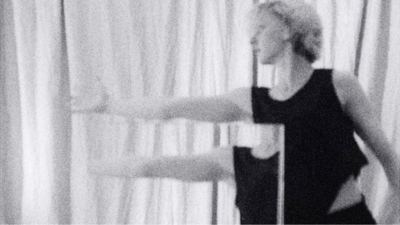
"double speed half time" © Ellinor Brandenburg
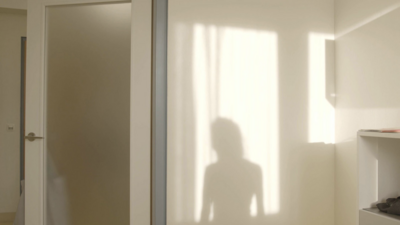
"E Blok, Daire 5" © Çağla Gillis

"Majnoon – Daffodils (ft. Mona Matbou Riahi)" © Clemens Niel

"Parisienne – Kitana" © Dominik Galleya, Amanda Burzić
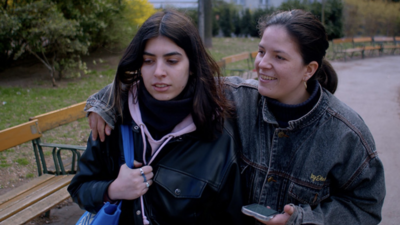
"Similar Strands of Hair" © Simon Spitzer
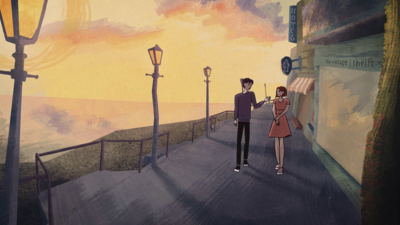
"Those Boring Bleeding Humans" © Florian Winkler, Jascha Hanisch

"World's End – Mavi Phoenix" © Dominik Galleya, Amanda Burzić
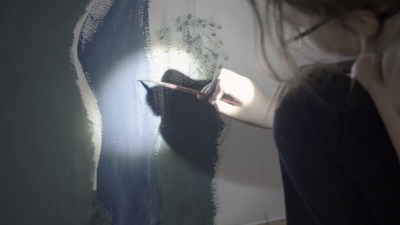
"Alien" © Sybille Bauer-Zierfuß, Elsa Scheel, Helena Paflik
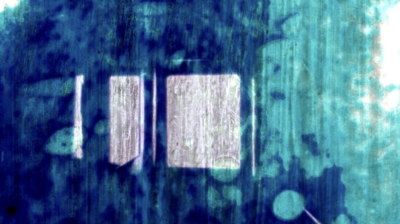
"Good Night – Byllilicious & Matteo Orenda"© Sybille Bauer-Zierfuß
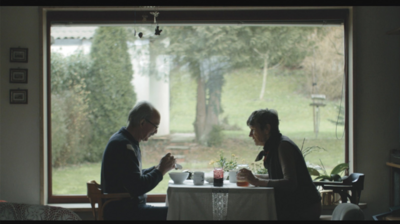
"Como Vai" © Felix Hubr
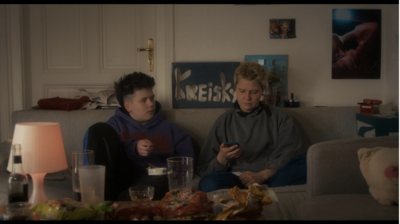
"Spicy Noodles" © Sophia Hochedlinger










